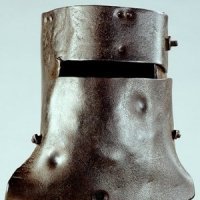How Do I Get The Flywheel Off My Rb20det
Announcements
-
Similar Content
-
Latest Posts
-
By joshuaho96 · Posted
https://nissan.epc-data.com/skyline/er34/3945-rb25det/trans/317/31940N/ The pictures of the part you're talking about is clearly not just one solenoid. You can see another picture of it here: https://www.alltranz.com.au/shop/drivetrain/automatic-transmission/RE5R01A/product/9305/ The 4 speed automatic in the GTT is Nissan corporate stuff. You can search up similar jobs done on a Frontier or Pathfinder with a RE4R01B to get an idea for what the internals are going to look like and the procedure like this: -
Hi Chris, long time since your post, just wondering if you have the Pinout for the v35 stereo plugs, I bought the roem nis2 harness but it doesn’t match the v35 connector. any help appreciated, I can work out the grn and power constant. But the rest might be hard. thanks Tyson
-
By tridentt150v · Posted
https://www.youtube.com/watch?v=fbRTEX8G01g Unfortunately only on YT...hence the link only
-







Recommended Posts
Create an account or sign in to comment
You need to be a member in order to leave a comment
Create an account
Sign up for a new account in our community. It's easy!
Register a new accountSign in
Already have an account? Sign in here.
Sign In Now